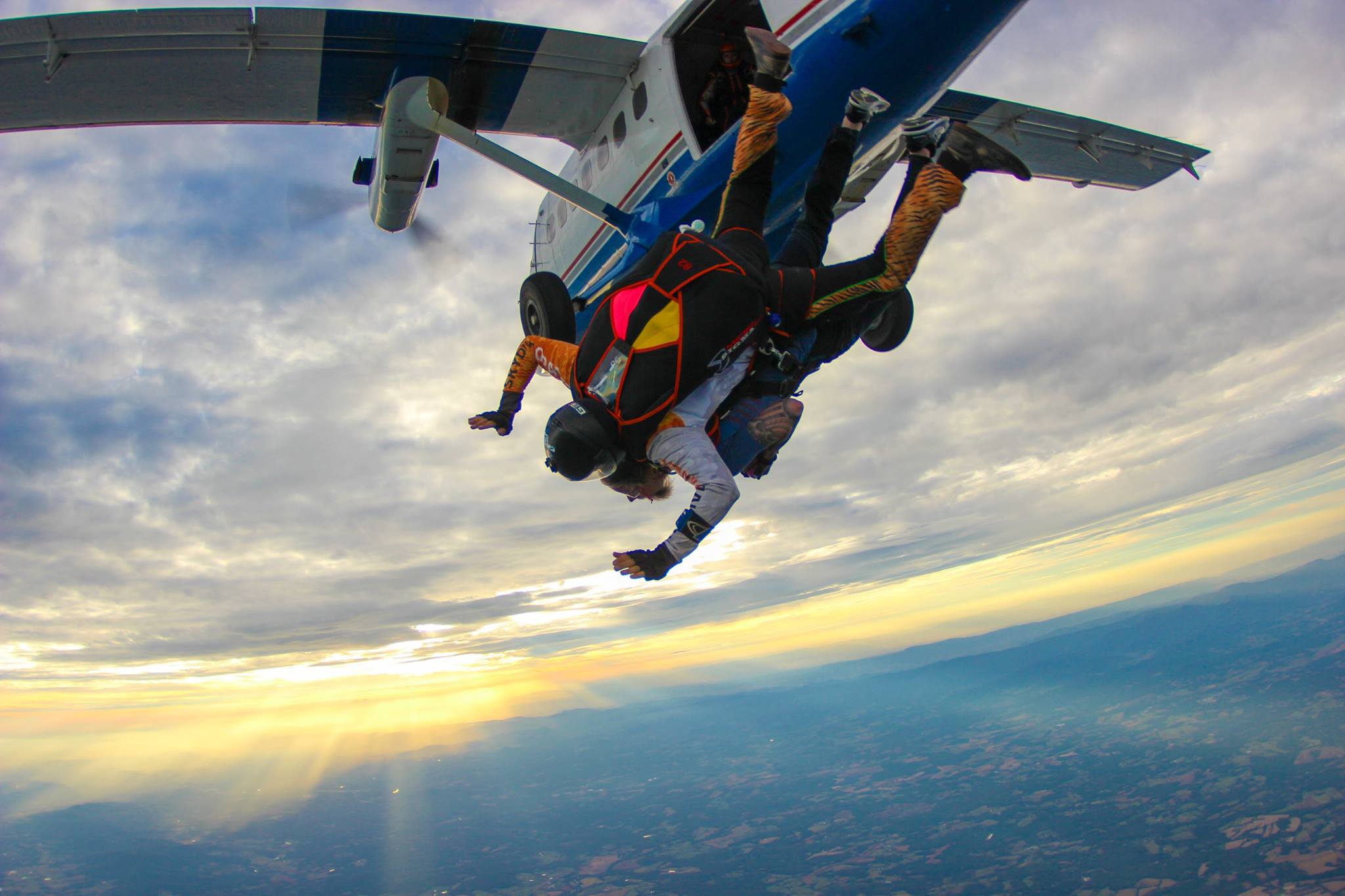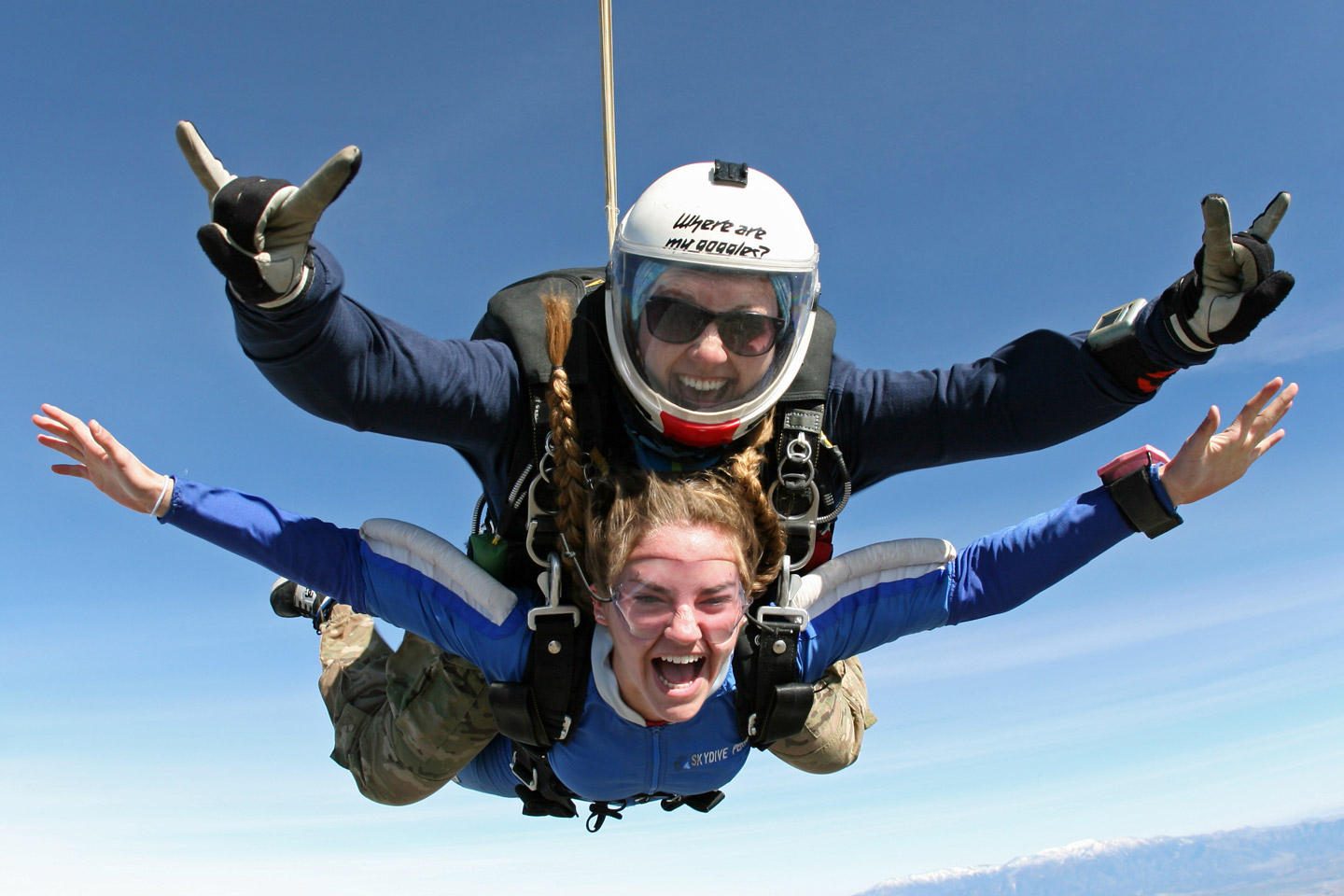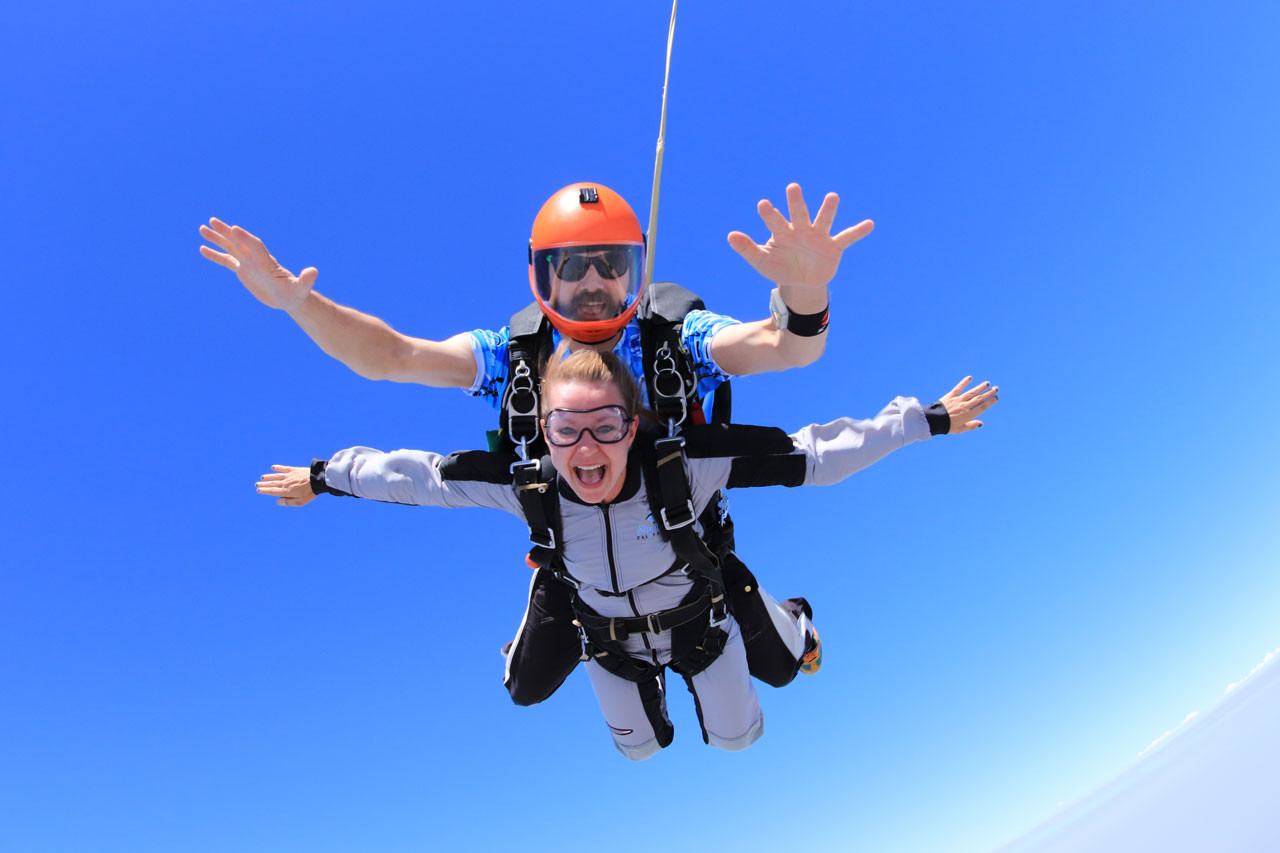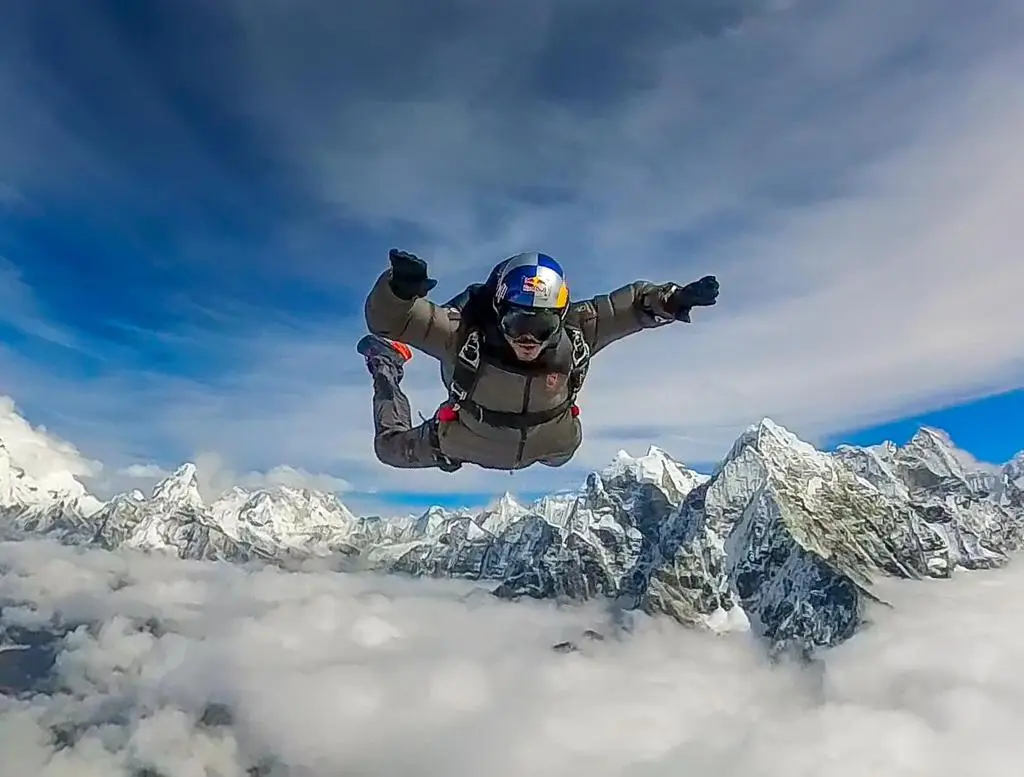Skydiving is one of the most exhilarating experiences a person can undertake. Whether you’re an adrenaline junkie, a beginner adventurer, or simply a traveler seeking a unique thrill, understanding how high is skydiving is essential. Altitude influences everything from the length of freefall to safety precautions and even the breathtaking views you’ll witness. In this guide, we’ll break down 7 thrilling facts about skydiving heights that will prepare, inspire, and excite you for your next jump.
- Introduction to Skydiving Heights
- 1. Typical Skydiving Altitudes
- Table of Contents
- 2. Extreme Skydiving Heights
- 3. Skydiving Height in Different Units
- 4. Minimum and Maximum Height Requirements
- 5. How Height Affects Freefall Experience
- 6. Skydiving Heights Across Locations
- 7. Tips for First-Time Skydivers Regarding Height
- FAQs About how high is skydiving
- Conclusion
Introduction to Skydiving Heights
Skydiving isn’t just about jumping out of a plane—it’s a carefully calculated adventure that balances thrill, safety, and physical limits. Knowing your skydiving height helps you understand what to expect during freefall, how long you’ll be airborne, and how safety equipment is optimized. Whether you’re a first-time jumper or a seasoned veteran, altitude plays a key role in your overall experience.
From standard tandem jumps at beginner-friendly heights to extreme altitude skydives pushing the limits of human endurance, every foot counts. Let’s dive into the details.
1. Typical Skydiving Altitudes
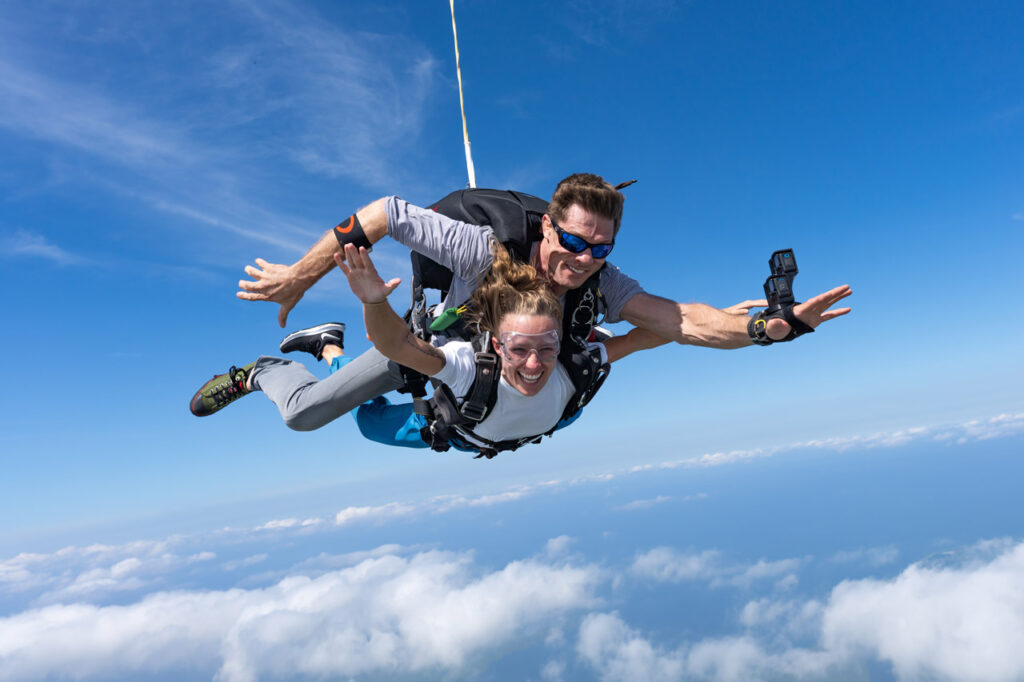
Table of Contents
Standard Skydiving Heights (10,000–15,000 Feet)
For most recreational skydiving experiences, planes take you to altitudes between 10,000 and 15,000 feet. This range provides enough freefall to experience the sensation of flying while maintaining safety standards for beginners.
- 10,000 feet: Offers approximately 30–40 seconds of freefall before parachute deployment. Perfect for first-time tandem jumpers.
- 12,000–15,000 feet: Extends freefall to about 50–60 seconds, allowing more time to enjoy the breathtaking aerial views.
Tandem Skydives vs Solo Jumps
- Tandem jumps: Beginners are attached to an experienced instructor. Typical heights are 12,000–14,000 feet.
- Solo jumps: Advanced skydivers may jump from slightly lower or higher altitudes depending on training, equipment, and experience.
Duration of Freefall at Typical Altitudes
The higher the altitude, the longer you’ll enjoy freefall. For example:
| Altitude (Feet) | Freefall Duration (Approx.) |
|---|---|
| 10,000 | 30–40 seconds |
| 12,000 | 40–50 seconds |
| 15,000 | 50–60 seconds |
2. Extreme Skydiving Heights
Skydiving from 30,000+ Feet
Some thrill-seekers aim for extreme altitudes exceeding 30,000 feet. At these heights, the experience becomes far more intense:
- Specialized high-altitude jumps require oxygen tanks.
- Freefall duration can reach 2–3 minutes depending on exit point and body position.
The Highest Skydives Without Oxygen
While most extreme jumps involve supplemental oxygen, some skydivers challenge themselves to go as high as 25,000–30,000 feet without it. These require careful acclimatization and monitoring for hypoxia (oxygen deficiency).
Famous High-Altitude Skydives
- Felix Baumgartner’s Red Bull Stratos Jump: 128,000 feet, breaking the sound barrier in freefall.
- Alan Eustace’s Record Jump: 135,890 feet, showcasing human endurance at extreme heights.
While these jumps are not recreational, they highlight the possibilities of extreme skydiving for trained professionals.
3. Skydiving Height in Different Units
Understanding skydiving height in metres and kilometres is useful for international jumpers.
Height in Metres and Kilometres
| Feet | Metres | Kilometres |
|---|---|---|
| 10,000 | 3,048 | 3.05 km |
| 12,000 | 3,658 | 3.66 km |
| 15,000 | 4,572 | 4.57 km |
| 30,000 | 9,144 | 9.14 km |
Converting Feet to Metres for Skydiving
To convert feet to metres: Metres=Feet×0.3048\text{Metres} = \text{Feet} \times 0.3048Metres=Feet×0.3048
This is helpful when checking skydiving requirements in countries using the metric system.
4. Minimum and Maximum Height Requirements
Beginner Height Restrictions
Most skydiving centers have minimum height requirements for safety and harness fitting:
- Typically, a minimum height of 4’10” (147 cm) is required for tandem jumps.
- Maximum heights are rarely restricted but may affect harness comfort.
Weight and Health Considerations
- Weight limits usually range from 220–240 lbs (100–110 kg) for tandem skydives.
- Certain medical conditions may restrict high-altitude jumps (heart, respiratory, or bone issues).
It’s crucial to check local regulations and discuss personal limitations with instructors.
5. How Height Affects Freefall Experience
Freefall Duration by Altitude
The higher you jump, the longer the freefall. For instance:
- 10,000–12,000 feet: 30–50 seconds of freefall
- 15,000 feet: 50–60 seconds of freefall
- 25,000–30,000 feet: 2–3 minutes, with a visually stunning horizon
Impact on Landing Techniques
Higher jumps allow more time for proper positioning and parachute deployment. Advanced jumpers enjoy longer glide times and can perform complex aerial maneuvers safely.
6. Skydiving Heights Across Locations
California Skydiving Heights
California offers a variety of skydiving experiences:
- Typical tandem jumps: 12,000–14,000 feet
- Scenic coastal views enhance the thrill
- Some centers offer special high-altitude jumps up to 18,000 feet with oxygen
Popular Global Skydiving Spots
- Dubai: 13,000 feet over Palm Jumeirah
- New Zealand: 15,000 feet above Lake Wanaka
- Switzerland: 15,000–17,000 feet with stunning alpine scenery
7. Tips for First-Time Skydivers Regarding Height
Safety Tips and Gear
- Always use certified gear
- Ensure instructors are licensed
- Consider tandem jumps for first-time experiences
- Listen carefully to pre-jump training
Choosing the Right Altitude for Your Comfort
- Beginners: 10,000–12,000 feet
- Intermediate: 12,000–15,000 feet
- Experienced jumpers: 15,000+ feet with specialized training
The key is to gradually increase altitude as experience and comfort grow.
FAQs About how high is skydiving
Q1: How high are you when you skydive?
A: Most recreational skydives take place between 10,000 and 15,000 feet (3–4.5 km). Tandem jumps often range from 12,000–14,000 feet, providing 30–60 seconds of freefall before deploying the parachute.
Q2: Can you skydive from 60,000 feet?
A: Recreational skydiving from 60,000 feet is not common. Such extreme altitudes require special equipment, including oxygen tanks, pressure suits, and specialized training for hypoxia and temperature challenges.
Q3: How long does a 15,000 feet skydive take?
A: From 15,000 feet, freefall typically lasts 50–60 seconds. With parachute deployment, the total descent takes 4–6 minutes, depending on body position, wind conditions, and parachute type.
Q4: What is the minimum height for skydiving?
A: Most centers require a minimum height of around 4’10” (147 cm) to ensure harnesses fit safely. Maximum height is usually unrestricted but may affect comfort during the jump.
Q5: What are skydiving height and weight restrictions?
A: Weight limits for tandem jumps are generally 220–240 lbs (100–110 kg). Medical conditions like heart or respiratory issues may also restrict participation. Always check with the skydiving provider.
Q6: How high is skydiving for beginners?
A: Beginners usually jump from 10,000–12,000 feet for their first tandem experience. This height allows a safe, exciting freefall while keeping risks minimal.
Q7: What is the highest skydiving altitude without oxygen?
A: The maximum safe altitude without oxygen is around 25,000–30,000 feet. Higher jumps require supplemental oxygen due to low air pressure and oxygen levels at extreme heights.
Conclusion
Skydiving is a life-changing adventure that combines thrill, skill, and breathtaking views. Understanding how high is skydiving empowers you to choose the right altitude for your comfort, ensures safety, and maximizes the freefall experience. From standard jumps at 10,000 feet to extreme adventures above 30,000 feet, every jump offers a unique adrenaline rush.
Whether you’re an adventure enthusiast, a first-time jumper, or a seasoned skydiver, the sky truly is the limit. Plan your next jump carefully, follow safety protocols, and prepare to witness the world from a whole new perspective.
For more detailed information about skydiving heights and tips, visit our Skydiving Height Guide.
